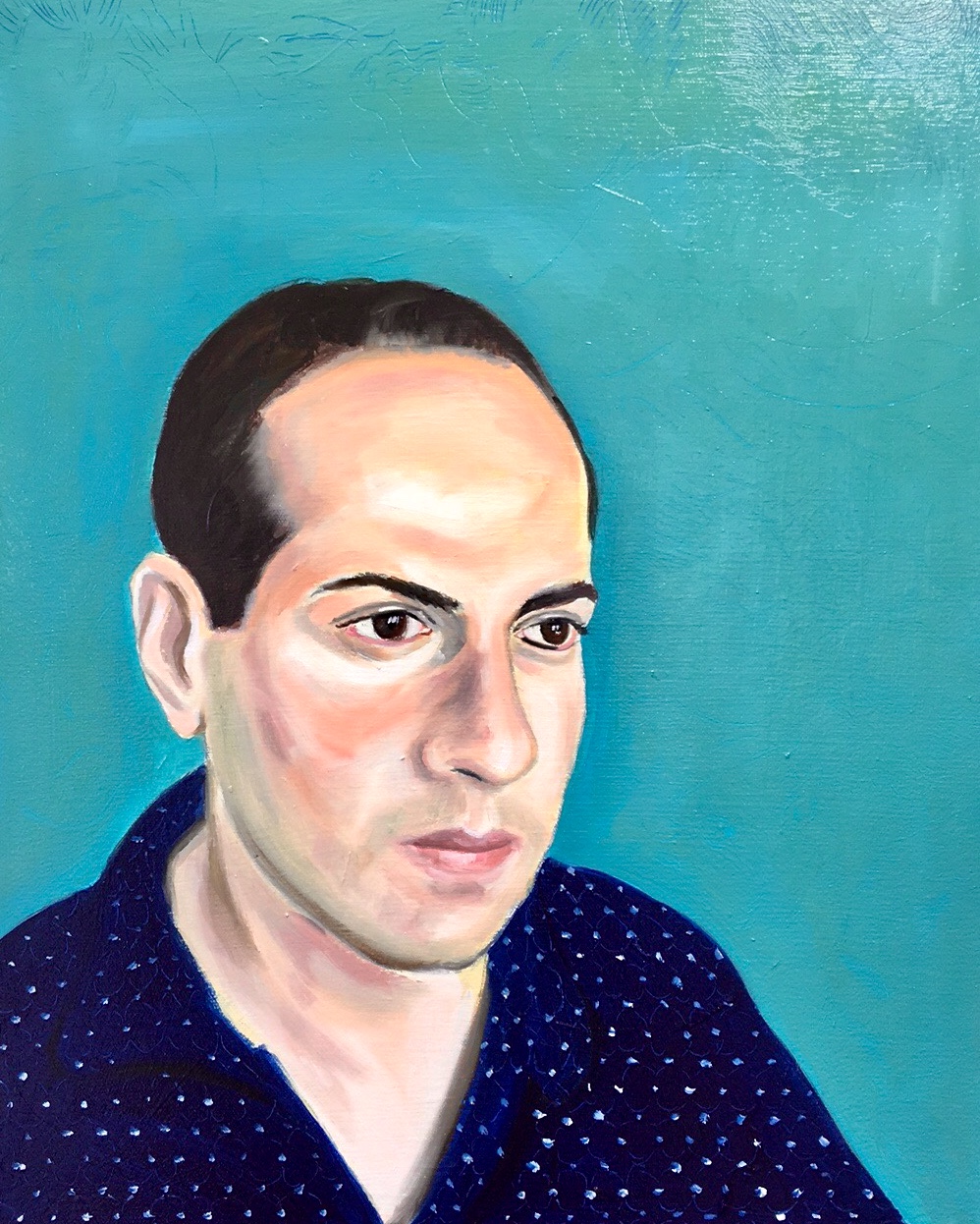Failure and Creativity: Some Things I Got Wrong
- Edward Luper
- Jan 2, 2023
- 4 min read

Around the end of the year, many people like to look back and measure their stages of development with their achievements. I do this too, but I realised I wouldn't have made those achievements without some important failures that guided me in the next stages. After all, any creative endeavour will naturally lead to some failures, because to do something creative, one has to take a leap of faith in doing something that hasn't been done before: it is by nature untested and the results are unpredictable.
Failure is something we all will encounter in our lives, but it has an important function: to make us learn something so we can achieve success. In this post I will talk about some of my creative projects that 'failed'. At the time when these projects fell through, I was of course heart-broken. I had put in so much time and effort and sometimes doubted myself entirely as an artist/illustrator/creative, but looking back it seemed necessary to put me on the right path. This post is for other artists or people who feel the same and are a bit unsure of where they are going from here.
Lu Xun Raccoon

Lu Xun Raccoon was my idea to illustrate in a comic book the life and literature of the Chinese writer Lu Xun. I spent over a year writing and drawing a 200 page comic book that ultimately wasn't published and has been put on the shelf until perhaps the right time comes. We (my agent and I) came very close to signing a contract with CITIC a major state-run publisher, and we even made plush toys of Lu Xun Raccoon. We received support from Lu Xun's grandson and the Lu Xun Cultural Foundation in Shanghai.
However, ultimately, three out of five descendants of Lu Xun disagreed with the project and the publisher dropped the idea. It seemed perhaps that it could be perceived as politically sensitive or disrespectful (at this point, I cannot emphasise enough how much I admire Lu Xun and no disrespect was intended. My idea was to do for Lu Xun something like the comic Maus). Many advised me from the beginning about these difficulties, but how would one know without trying! We tried and failed. But in doing so, I at least made connections with toy factories and publishers in China. I also learnt more about the sensitivities in China around certain topics. I am proud to say I tried and at least came close.
Record of a Talking Fox

This was another 200 page comic book I wrote during lockdown, but which also was not able to be published. The idea was to teach children about Classical Chinese ghost stories. Japanese anime culture has strong connections to traditional ghosts and yokai; these exist in China too, so why couldn't this be done in China? My comic told the story of a fox spirit that accompanies a girl on a journey to find her parents in the city. Along the way they encounter various figures from classical literature that tell their story. The problem: you're apparently not allowed to set ghost stories in modern China (post 1949...). That said, there are some things that despite the law, seem allowed, which is confusing. Note for example, 'The Legend of Luo Xiaohei', about a cat spirit. But perhaps there is no 'date' about when the story is set and so has a legal loophole. Sadly, my comic was not published, but nothing can replace the hours of drawing I did for it and the skills I learned making it.
Other Projects
For reasons of secrecy and copyright, I cannot mention the names of these projects yet, but needless to say, there are many examples where I created ideas or drawings/designs that were rejected or requested to change. This is natural. I will confess though, that it infuriates me when I'm told "to make it pop!" Meaning to make it stand out, instagramable, attractive etc etc, without actually specifying how...its like telling a writer, "make the story better!" The writer of course, was doing the best they could and it feels disheartening to know their efforts are somehow not enough. I have been working and reworking one project for over two years now. Partly because clients don't actually know what they want yet and keep changing their expectations.
Creativity and working with commercial enterprises can be difficult. The nature of business is sometimes to be cautious and go for things that they know work already. True creativity however, needs to break boundaries and make leaps of faith: it could totally succeed or totally fail. A business however, prefers slow increments; testing the water before investing more money in a project. They want to see proven track records and successes. I am still learning this lesson.
Rather than feeling disappointed however, I take some of my failures as a mark that I'm trying new things and am at least not stale. One cannot advance or make things better without learning from mistakes first. It is important not to be paralysed by fear of failure either, or to worry too much always about what other people want or think is best - you are the artist, not them. Failure is a necessary part of creativity, once you accept it, you will feel better about it and move on to success.






Comments